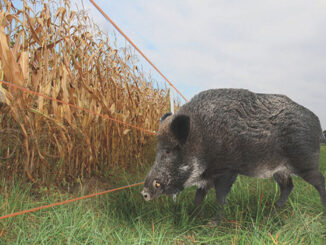
© aussiegall (Flickr) Measuring time
© aussiegall (Flickr)
Origins of the Imperial system
The units in use in the imperial system were historically derived from units used by the Roman Legion, and were in use in England at the time of Roman settlement.
The inch was originally the width of a thumb or the length of 3 barley corns placed end-to-end, and one foot was based upon the length of one human foot.
A yard was a single stride and a mile is derived from mille, Latin for thousand, so a thousand Roman paces.
It was not until the British Weights and Measures Act of 1824 that there was anything resembling a real standard and it was agreed that there were 12 inches to a foot, 3 feet to a yard, 5.5 yards to a rod, 40 rods to a furlong and 8 furlongs to a mile.
It was the French Government in the late 18th Century who designed a simpler system of metric measurement that used multiples and divisions of the base unit ten to replace the confusing imperial system. They made measurements divisible by units of 10 so 10mm equalled 1 centimetre, 100 centimetres equalled 1 meter and 1000 meters were a kilometre. Only 3 countries still use the imperial system as their standard units of measurement, America, Liberia and Burma.
Conversion
There are many online conversion tools which will accurately convert between the two systems but the conversion rates are:0.393700787 inches = 1 centimetre
3.2808399 feet = 1 meter
3280.84 feet or 1093.61 yards = 1 kilometre
US Imperial system
Both the imperial and United States systems of measurement derive from the earlier British system, but the U.S. system developed from English units in use before the imperial system was standardized. Although the difference was negligible in smaller measurements, in larger measurements it amounted to 3mm difference per mile but these differences were resolved by international agreement leading to America adopting the British Yard although it has kept the original American yard for large scale projects.




